Peer-to-peer marketing is an old method of targeting and reaching out to stakeholders who are valuable to your business. Stakeholders include your customers, investors, affiliates, employees, and suppliers.
You can consider peer-to-peer marketing as a form of word-of-mouth marketing, which relies on factors such as customer appreciation to work.
This detailed guide covers everything you need to know about peer-to-peer marketing, including eye-opening statistics and the best strategies to use for your business.
Are you wondering how to leverage peer-to-peer-marketing to get ahead of your competitors and multiply your profits?
Continue Reading!
Firstly, it’s crucial to understand that peer-to-peer marketing is not networking. Instead, you encourage your current stakeholders to direct their peers to your brand by advocating your products/services to them.
Peer-to-peer marketing allows your employees, customers, investors, and partners to become marketing channels. Your company will employ various strategies to appeal to them and provide them with reasons to recommend your company.
Secondly, peer-to-peer marketing is a form of word-of-mouth, but the two practices have their differences.
Word-of-mouth is when stakeholders tell their friends, family, and co-workers about a product they like. Sharing this information is triggered by great customer experiences.
Word-of-mouth is a natural activity that relies on casual social interactions to work. It’s also one of the most organic and effective forms of marketing.
Let me give you an example of word-of-mouth marketing in your daily life:
You call an insurance company for a quote, and the customer experience is unforgettable. The company didn’t keep you on hold for over 30 seconds, and the consultant completed the quote in a matter of minutes.
That exceptional experience will trigger you to mention it in the most mundane conversations. Without realizing it, you’re helping businesses gain five times as many sales, compared to media advertising.
On the other hand, peer-to-peer marketing describes when a company encourages its stakeholders to advocate their products/services.
In other words, this is an encouraged marketing activity where you (the company) initiate your stakeholders to tell their peers about your product/services.
Let’s explore an example of stakeholder or employee advocacy:
In this case, you are the insurance company. By creating an employee advocacy program, you can offer your employees rewards or benefits to promote your offerings to potential customers.
Before you know it, you’ll have broadened your consumer base, developed a strong workforce with high morale, and maximized your bottom line.
Unlike the example of word-of-mouth-marketing, for peer-to-peer marketing, stakeholders are actively encouraged toward your desired action.
But for word-of-mouth marketing, stakeholders naturally mention a great customer experience to their peers.
Summary: What is Peer-to-Peer Marketing?
Peer-to-peer marketing (or P2P marketing) refers to the product and service recommendations people make to their peers. Originally word-of-mouth marketing, peer-to-peer marketing has come to encompass all forms of marketing that involve people making recommendations to other people, such as user or customer reviews and ratings, and affiliate, referral or advocacy programs. Peer-to-peer marketing relies on people promoting a product or service to other people, as opposed to messaging that comes directly from the brand itself.
Peer-to-peer marketing definitely impacts a business. But why is this true?
Peer-to-peer marketing is effective because people trust recommendations from those closest to them. Referral Candy confirms this by stating that consumers trust recommendations from friends 7 times more than conventional advertising.
This makes perfect sense. As a consumer, think about how you feel when you see advertisement campaigns. Immediately, you feel like that company is trying to sell something. Therefore, their opinion of the product/service must be biased.
But, if someone you trust is raving about how astronomically amazing that company’s products/services are, you’re more prone to trust that opinion because it seems unbiased.
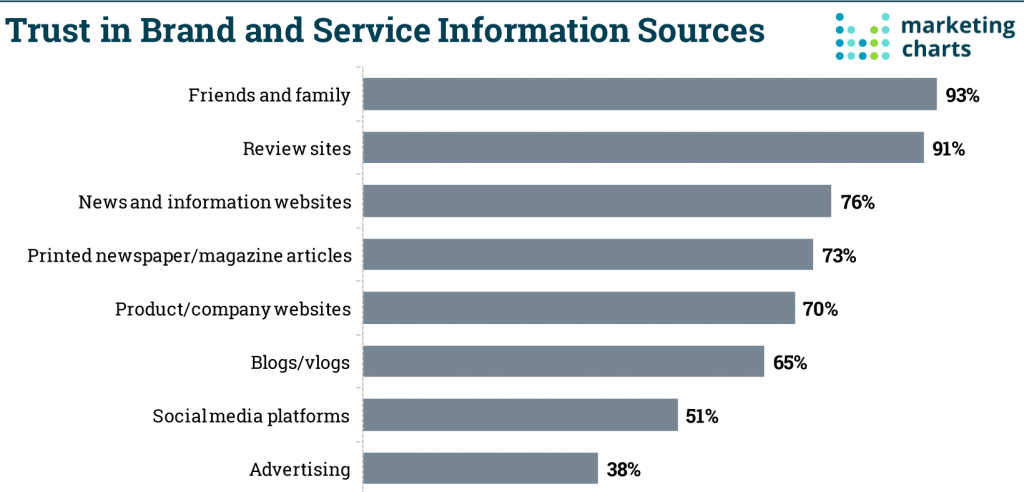
When your stakeholders tell their peers about your brand, it comes off as genuine because that person is not paid to advocate for your products.
This marketing method also helps you acquire user-generated content to appeal to your target audience and provide valuable social proof.
However, if you’re still on the fence about peer-to-peer marketing, let’s have a look at what the numbers say….
From these statistics, it’s reasonable to say that consumers are looking for user-generated content as an encouragement to purchase from your store.
Peer-to-peer marketing is also a reliable source for authentic user-generated content. And this, as statistics prove, is one of the strongest sales methods.
Most consumers rely on peer-to-peer marketing as it drives 20%-50% of all purchases. And 82% of consumers proactively find recommendations before purchasing a product.
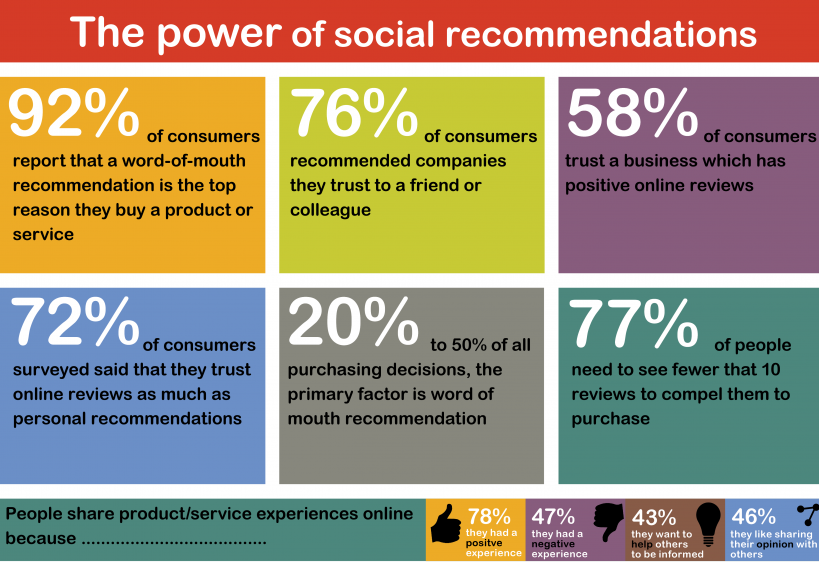
Furthermore, leads that are peer-to-peer referrals are 18% more loyal than customers gained through other channels.
This proves that peer-to-peer marketing not only focuses on lead generation and optimizing your profit margin, but also solidifies brand loyalty. Which could later open opportunities for gaining brand ambassadors for your business.
Also, social media reaches so many stakeholders simultaneously and is used to advocate products/services for brands.
These reasons, amongst many more, make it essential for brands to partner up with social media influencers and affiliate partners.
Keep reading to find out how influencers and affiliates play an essential role in your peer-to-peer marketing strategy.
We’ve already covered that peer-to-peer marketing encourages your stakeholders to drive more stakeholders to your business who are your ideal buyers.
But for this to work, you first need to identify who your ideal buyer is. The more data you can gather on your target audience, the easier it will be to create content that is personalized to them.
Your target audience only has an attention span of 8 measly seconds. And if you tailor your content and products/services to their needs, pain points, and objectives, you can quickly grab their attention.
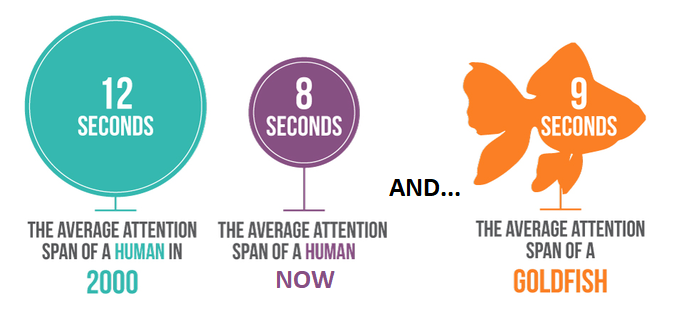
Find out everything you can about your ideal buyer persona, including:
Understanding your ideal buyer will give you an accurate competitive analysis and a comprehensive insight into how you can develop your product/service to be unique.
Check out this useful video by lemlist for a step-by-step guide to building your buyer persona:
A prominent example of a brand that curated its product according to its ideal buyer is Alienware. Alienware is a gaming division, owned by Dell. They solely focus on manufacturing gaming laptops with features and functionality, every gamer wants.
Alienware has established itself in a specific niche-gaming. Not just tech or electronics. This strategy has allowed the brand to cater to a very specific audience-gamers, not only laptop users. Because of how specific Alienware has outlined their target audience, their product appeals to their customers.
Instead of wasting time trying to sell all kinds of tech gadgets to everyone, Alienware focuses on solving the challenges and pain points of gamers.
If you want to give your entire peer-to-peer marketing strategy a boost, influencer marketing is what you want to do.
91% of businesses believe that influencer marketing is highly effective. And it’s no surprise that millennials respond to influencer marketing as 40% feel that influencers understand them better than their friends do.

But you can’t settle with any influencer. These are the essential factors to evaluate:
Once you’ve done extensive research on your influencer, don’t be afraid to reach out. Over 70% of influencers prefer it when companies reach out to them instead of an agency.
On National Donut Day, Dunkin Donuts and their agency, Trilla, ran a national Snapchat campaign. The company partnered up with Collab, a digital talent network and entertainment studio to make this campaign a success.
Dunkin Donuts chose 8 influencers to upload teaser content. And on National Donut Day, the influencers took over Dunkin Donut’s Snapchat channel.
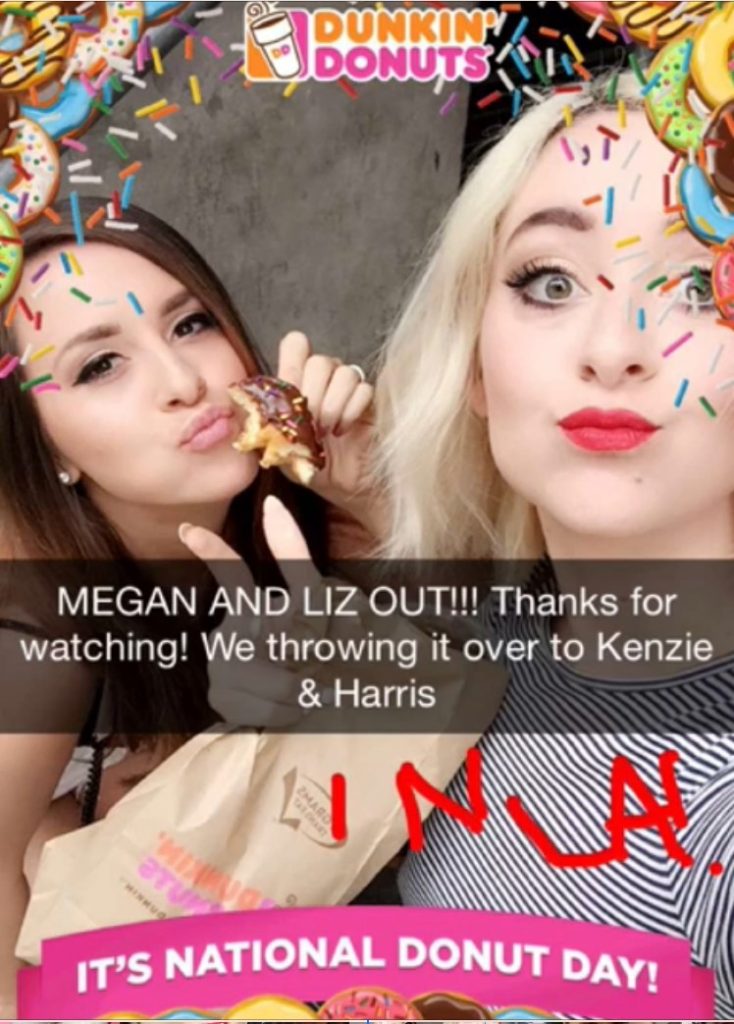
All 8 influencers worked to raise awareness about National Donut Day and encourage customers to swarm to Dunkin Donuts. This worked and Dunkin Donuts gained 10 times more followers on their Snapchat channel than they get in a month.
Brand loyalty means everything because loyal stakeholders don’t always make rational or price-based decisions. These stakeholders make emotional-based decisions because of their loyalty to a business.
For instance, if you have five employees that have been with you since day one. Those employees aren’t just going to get up and leave when the going gets tough. Based on their emotions and sense of loyalty toward your company, they’ll stick by your side.
But for the employees who have worked with you for a few months, they won’t have that sense of emotion influencing their decisions.
Turning your consumers into evangelists is also beneficial as 82% of businesses agree that customer retention is cheaper than acquisition.
Ultimately, customer loyalty is an essential factor in any business.
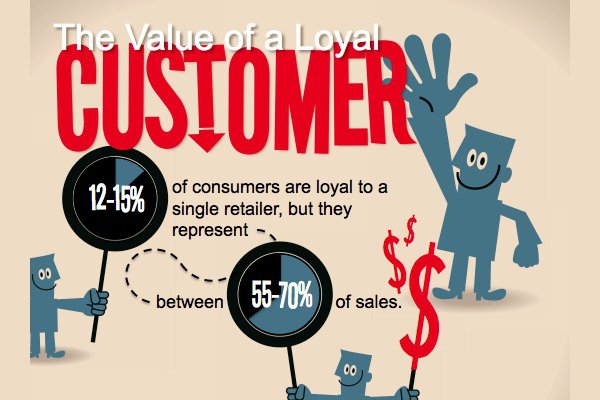
By turning your customers into evangelists, there are more chances of them advocating your products and services to other customers.
This works the same way for any stakeholder. If you turn your investors into evangelists, this will encourage them to invest more and source other generous investors.
Turning any, if not all, of your stakeholders into evangelists is an excellent way to make sure they direct their peers to your company.
But how do convert your stakeholders into evangelists? Here’s how:
Sephora, a retailer of personal and beauty products, used a loyalty program (The Beauty Insider Program) to convert their customers into Evangelists.

The products Sephora sells are not what one would consider “cheap”. So Sephora rewarded their customers with one point for every dollar spent.
Customers could redeem their rewards as discounts or coupons. To sweeten the deal, customers could also redeem exclusive rewards that include in-store beauty tutorials and limited edition products.
The participants of this loyalty program make up 80% of Sephora’s yearly sales.
To practice peer-to-peer-marketing, you need to provide your stakeholders with a space to engage and interact.
Doing this will give them an excellent opportunity to share information, benefits, and testimonials about your product.
Most importantly, you need to ensure that your online community provides your stakeholders with value and is worthwhile for customers to join.
It’s crucial to understand that building an online community requires a lot of work, time, and effort. But once the online community is on its feet, it’s undoubtedly worth it.
Take a look at this video by GoDaddy for more on building an online community:
MOM365 specializes in baby portraits but made itself a one-stop-shop for parents by building an online community.
The online community approaches questions, concerns, and general communication parents have about birth, baby development, and parenthood.
To reel consumers in, MOM365 used a catchy, relatable motto: “Who better to share their advice and opinions than other moms going through the same thing as you?”
The motto adds personalization to the community and creates an emotional connection between consumers and the online community.
Rewards are one of those things that nobody expects but everybody enjoys. And rewarding your community members will keep them engaged and invested in your brand.
Also, responding to your community members and welcoming new members is just as essential to keep your community active.
But you could never go wrong with rewards. Create a reward program that incentives your community members for achieving certain goals. You can reward them in various forms such as points or badges.
This is the engagement cycle CMX uses for their online community:

Be sure to add as much gamification as possible with your reward program to make it enjoyable and captivating for users.
Marketo, an automated marketing platform, boasted a 79% increase in monthly engagement between July to October after launching their rewards program (Rockstar Rewards Program).
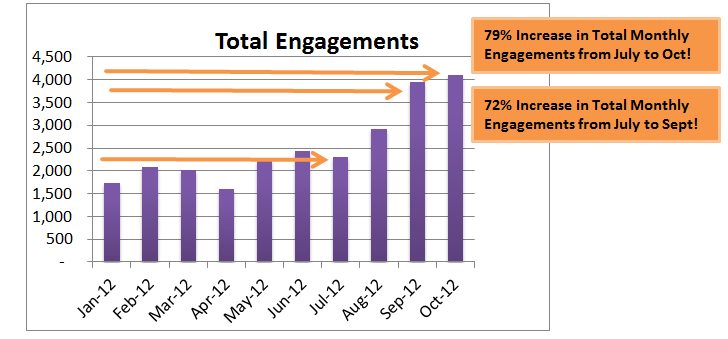
This loyalty program used gamification to reward their community members after achieving a specific goal, such as high engagement in the community.
Marketo received positive responses about the rewards program from their community members. Consequently, within 2 years they had received over 2200 ideas for their product.
This company used 160 of those ideas to enhance their product according to what their customers need.
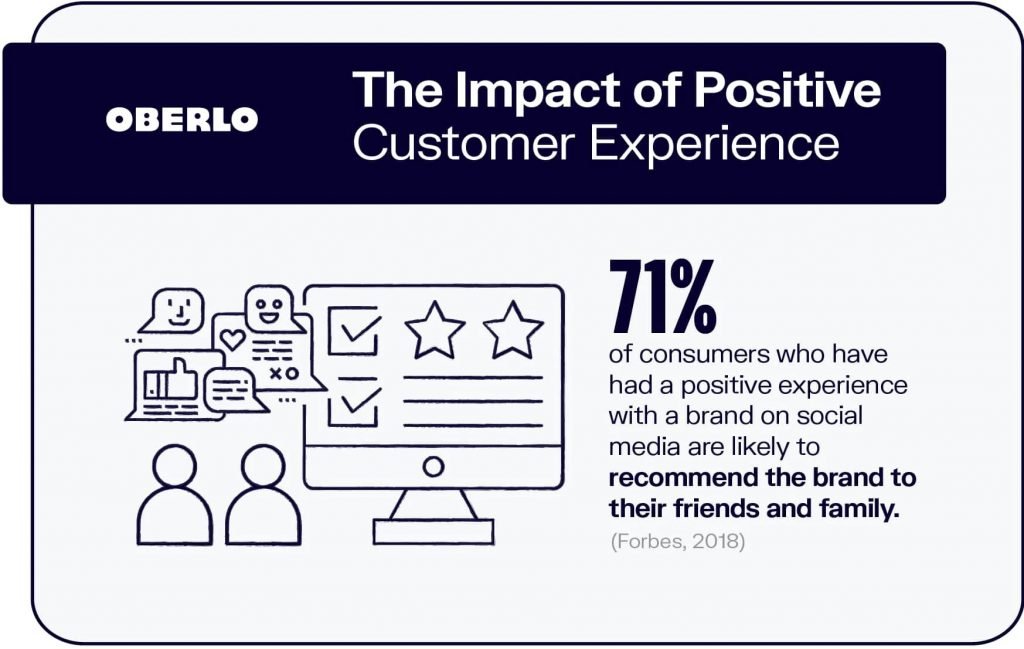
I know people who would run ten miles for their company if they had to. When you ask those people about their jobs, they won’t fail to mention how awesome it is to work for their company.
But why is this?
Because those companies take care of their employees, they create an environment that is stimulating and inspiring for their workers, so people love working for them.
Consequently, those employees will generate more sales. When employees find ideal buyers, they’ll be proud to advocate their company’s products/services to them.
This is particularly effective as those employees will have the knowledge, skills, drive, and belief in your brand to make potential buyers feel a “desire” for your product/service.
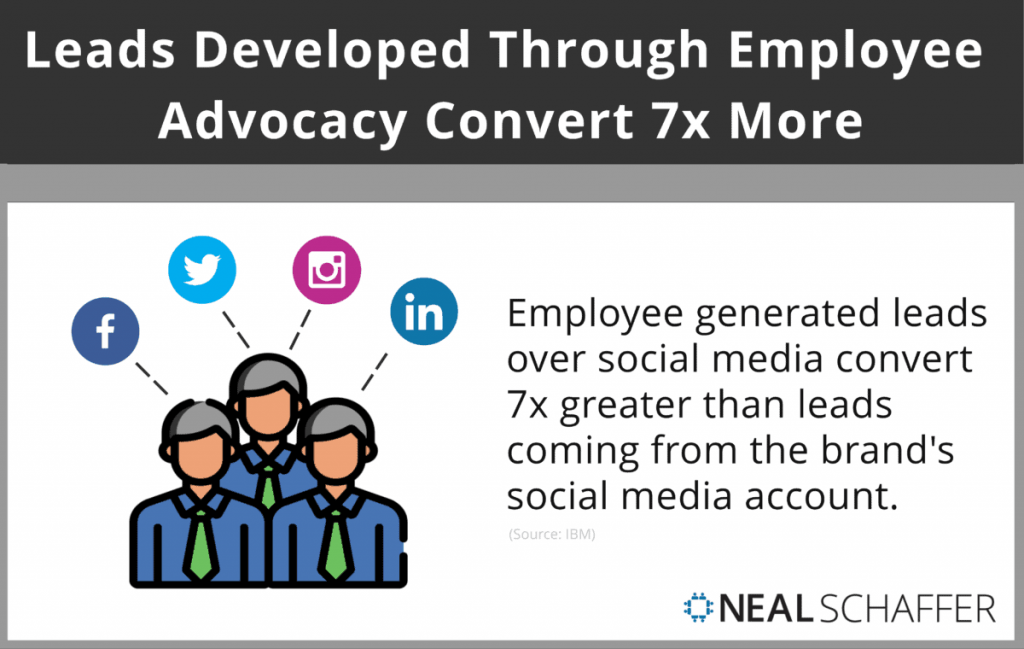
Not only does Starbucks host a victorious customer loyalty program, but the company has a successful centralized employee advocacy program, too.
Starbucks created employee partner accounts on many social media networks. On these social accounts, Starbucks encourages their employees to post images, videos, and stories about their product.

The company refers to employees who post regularly as “partners.” Using this term creates a sense of belonging amongst partners. But Starbucks doesn’t stop there.
Partners receive recognition cards for posting on social media, which further encourages more employees to take part. And this shows employees that their contribution to the company is not going unnoticed.
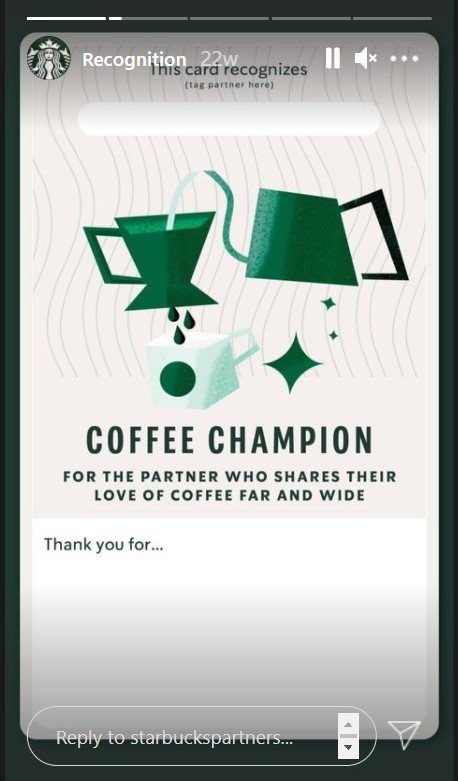
Collaborating with different businesses and affiliate marketers is what 74% of companies perceive as high-priority.
Primarily because marketing through affiliates or distribution partners allows you to reach a swarm of potential customers.
By choosing the ideal partner that has influence in your industry and an extensive network of trusted customers, you can streamline your sales funnel and close deals quickly.
When your target audience sees your brand besides well-known businesses/affiliates, they have more reason to trust your brand and engage in your content.
Within no time, word about your brand will spread, directing traffic straight to your store.
Louis Vuitton and BMW, two very elite and adored brands, collaborated to deliver their clients with affluence at its best.
The partnership bore a 4-piece luxurious luggage collection. They ingeniously designed the luggage collection to fit like a glove in the truck of the BMW i8. This entire partnership was a fantastic marketing tactic.
Both BMW and Louis Vuitton’s clients have extravagant tastes. And there are few things grander than a BMW and Louis Vuitton luggage collection.
Plus, designing the luggage collection to the i8’s trunk encouraged all the i8 owners to want this product.

Summary: 7 Peer-to-Peer Marketing Strategies
As a form of word-of-mouth marketing, peer-to-peer marketing is one of the best marketing techniques to achieve your business’s objectives.
Consumers heavily rely on peer-to-peer marketing for purchasing recommendations. And through peer-to-peer marketing, brands can solidify employee advocacy, brand loyalty, and brand awareness, amongst other things.
For successful peer-to-peer marketing, it is imperative to use these seven strategies: Identifying your ideal buyer, Influencer marketing, Developing brand evangelists, Building an online community, Rewarding that community, Developing employee advocacy, and Partner marketing.
Follow these seven strategies and their examples closely to get the best out of peer-to-peer marketing!
Peer-to-peer-marketing is an old method of targeting and reaching out to potential customers. This form of marketing drives your current consumers to find other consumers who suit your target audience. Read this article for the best examples of peer-to-peer-marketing.
Peer-to-peer-marketing is effective because people trust recommendations from those closest to them. Most consumers rely on peer-to-peer marketing as it drives 20%-50% of all purchases. Read this article to find out the best peer-to-peer-marketing strategies plus examples.
There are five essential strategies for peer-to-peer-marketing. These essentials are influencer marketing, creating an ideal buyer, building an online community, rewarding your online community, and converting your customers into evangelists. Read this article to find out how to do this with examples.
Adweek: Why Consumers Share User-Generated Content (Infographic)
Annex Cloud: 42 Referral Marketing Statistics That Will Make You Want To Start A RAF Program Tomorrow
Cision PR Web: Market Force Study Shows Companies Wield Comparable Social Media Influence to Friends
Extole: 15 Referral Marketing Statistics You Need To Know
Forbes: The Number One Thing Marketers Need To Know To Increase Online Sales
Franchising.com: Influencer Marketing: What Millennials look for in influencers
GetAmbassador: Recommendations Drive Growth
Get The Referral: Referral Marketing Statistics That Will Make You Want to Start or Relaunch Your Referral Program Now
HubSpot: 71% More Likely to Purchase Based on Social Media Referrals [Infographic]
Invesp: The Importance of Word Of Mouth Marketing – Statistics and Trends
Partnerize – Partner & Affiliate Marketing Research: The State and Future of Partnerships Survey 1/4
Shane Baker: 85 Influencer Marketing Statistics You Should Know in 2024
Smallbizgenuis: 40 Amazing Customer Loyalty Statistics
SocialMediaExaminer: 6 Steps to a Successful Social Influencer Marketing Campaign
Social Toaster: 20 Advocacy Marketing Statistics You Need To Know
SpiceWorks: How to Win Friends and Influence IT Pros
The Producer’s Perspective: Some Word of Mouth Statistics that you may not know.